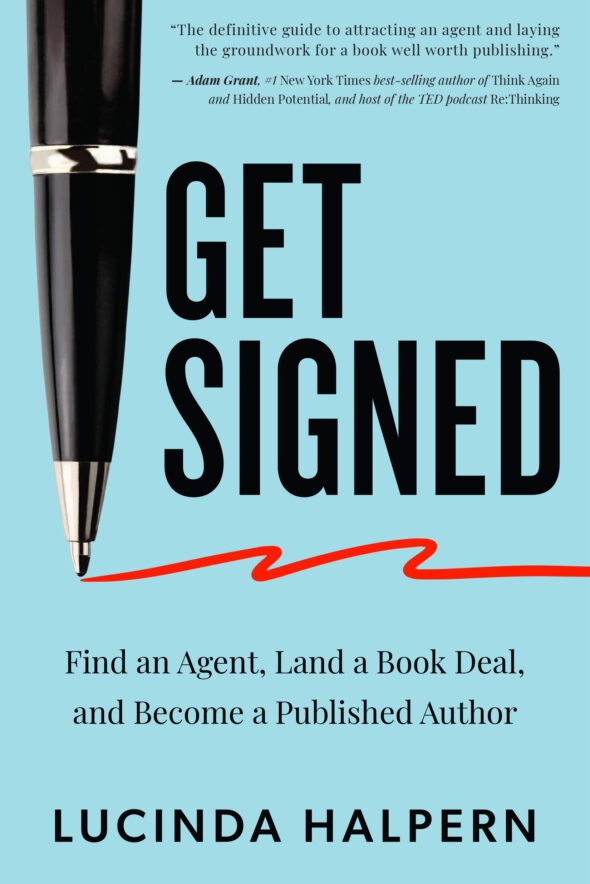Search
What to Do When Your Book Cover Isn’t What You Expected
After all of the time you’ve spent writing and editing your book, the moment you’ve been waiting for arrives: your publisher emails you mock-ups of your book cover. Once you see the subject line, you can barely wait to open the email to see how the title will appear, how the colors will pop, how your book’s themes will be brought to life.
And then, you feel a pang of sweeping disappointment. The jacket doesn’t look anything like you expected.

A picture is worth a thousand words; perhaps more so than ever in today’s publishing landscape. If you find yourself at a loss as to how to approach your publisher on a book jacket that’s simply missed the mark, here are some tried and true strategies to use based on our decades working in publishing:
Pass along a moodboard or rough concepts for your cover early on.
We naturally like to imagine what the book will look like when we see it on a bookshelf or hold it in our hands. And that’s important. But publishers are also considering what a book will look like as a thumbnail on Amazon. As part of your preparation, consider what kinds of books have grasped your attention as you browsed online. What elements did they have in the cover? If you have a designer friend you trust, you could even pass along that person’s mock-up design.
Remember what a cover is meant for in the first place.
What most people don’t realize is that authors and publishers have differing ideas when it comes to the goal of the cover: publishers approach it from a sales perspective (i.e. what will attract readers’ attention long enough for them to be intrigued by the flap copy, title, or the allure of your name. Authors, on the other hand, tend to think about the cover from a creative perspective (i.e. what kinds of symbolism, abstractions, or elements will best represent the work). Neither perspective is wrong, but it’s important for both parties to recognize each other’s goals for the book jacket, and consider how everyone’s needs can be served in the design.
Don’t despair when you see the mock-up cover and aren’t totally in love with it. This process is about iterating.
Much like writing, illustration and design is a process, and it’s standard to see several rounds of revisions that will encompass your feedback so long as you and your publisher have had a conversation and they have agreed to another edit. Some publishers, however, are more collaborative than others, so it’s always best to push for meaningful consultation, if not approval, on the cover at the contract stage. Mostly, it’s important to remember that publishing is a long road. You’ll want your publisher’s full support for your book launch. Be mindful of the risks in burning too much energy early on.
Make sure your feedback is concise, specific, and realistic.
The clearer and more specific direction you can offer about changing the cover’s elements, the better the chances you’ll land on the perfect cover sooner. If a particular image/concept or title/author rendering isn’t working for you, it helps to articulate why, and especially to comment on aspects you like as well as aspects you don’t like, so that art directors can lean into what resonates. It can also help to get objective feedback from others. We recommend asking two trusted outsiders for opinions: someone who is familiar with your book’s content, and another who isn’t. That way, you can see how aligned their feedback is and test whether the cover is hitting the right chords.
Provide a professional, aligned response.
In this often delicate situation, your cover reactions can come from either you or your agent, but the truly important point here is that you’re presenting a united front. Before you send an email, speak with your agent, or even your publisher. Make it clear that you both feel the same way, and your (diplomatic!) critiques will carry more weight.
Like a home you rent or purchase, in our experience, a cover will grow on you over time. Publishers want a happy author. They bring market expertise that informs their decision making. Don’t despair or be fatalistic even if, going into publication, you don’t have the cover of your dreams. If you stand behind your book’s content and are doing all that you can to promote, a really good book will catch on. Cover art does not make for great books. You do that all on your own.







